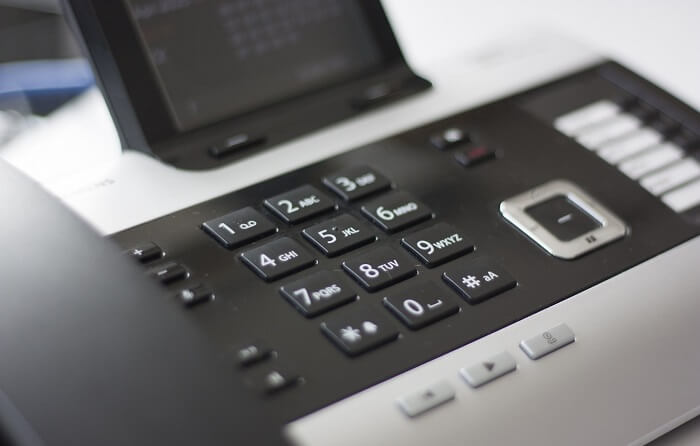Over time, the PBX technology has been evolving, and today, you can even deploy mobile PBX in the cloud. In this article, we’ll give you an overview of the PBX phone system and take you through the crucial changes in the technology.
What is a PBX?
PBX stands for Private Branch Exchange. It is a private telephone network mostly deployed in an office environment to allow users to communicate for free within the company’s internal network. These systems also manage call routing and provide advanced features that facilitate communication outside the internal network. PBX systems have been around since the 1880s, and one of the factors that led to the invention is cutting telecommunication costs. These systems’ core functions would then be to establish, maintain, and end connections between two sets of users. However, modern PBX systems offer so much more. To understand how PBX systems work, we’ll look at the different types of technologies used.
Analog PBX systems
Analog PBX systems were built on standard copper and would connect to the Public Switch Telephone Network (PSTN) over Plain Old Telephone Service (POTS) lines. Basically, cables would run from the local phone company to the office building. This technology hasn’t changed over the last 140 years, and the systems still offer basic features. All they can do is hold, mute, redial, speed dial, and transfer calls between extensions. Analog PBX systems are simple and cheap to deploy, but they have limited options to expand or upgrade. This makes them expensive to support, configure, and upgrade.
Digital PBX systems
Digital PBX systems are also referred to as IP PBX, and they were designed to offer higher quality voice and more flexibility than traditional PBX. These systems use Voice over Internet Protocol (VoIP) to make calls via the internet, and this significantly reduces costs. Data is compressed into small packets and then send over the office network to the PBX systems. VoIP systems offer more functionalities such as adding background music for customers on hold, digital answering assistants, voicemail, and the call-forwarding feature. The deployment of digital systems however determines the type of system it is.
On-premises VoIP systems
On-premises VoIP systems are digital PBX systems that are deployed entirely on the office space. In these systems, the company is responsible for the acquisition of the hardware and software, as well as the installation and maintenance of the systems. The equipment is usually stored in a telecom closet. On-premises PBX systems provide a lot of control and customization to the business, and so they are suitable for complex or unique office environments. However, they require a huge initial outlay to acquire and deploy.
Cloud VoIP systems
Cloud VoIP systems are also referred to as hosted or virtual PBX systems. These systems are deployed as a service by a PBX provider, and so the business does not need to acquire, store, or manage any equipment. All services are accessed via the internet and can be managed using a single online dashboard. Cloud PBX systems provide a lot of flexibility, integration, and scalability, and they do not require any initial investment. However, running the system requires a reliable and stable connection. Overall, choosing between the various systems requires a good understanding of their functionalities and differences. From there, you can then analyze them in view of the unique needs of your business.
